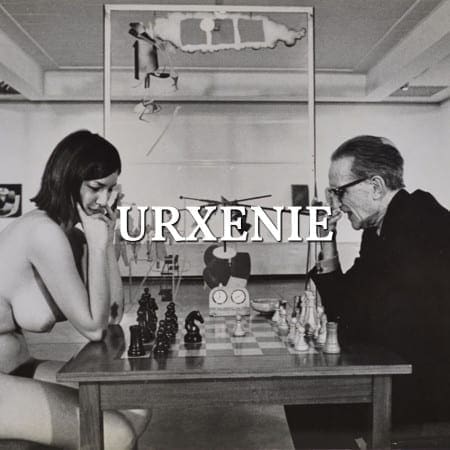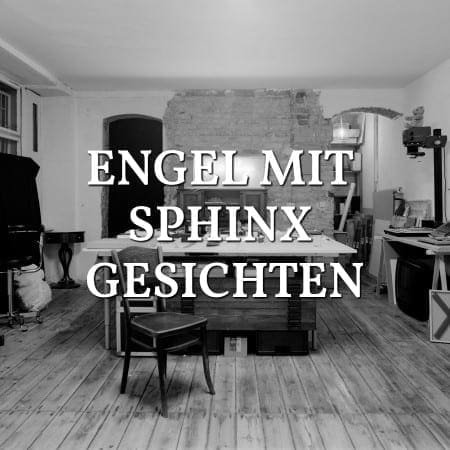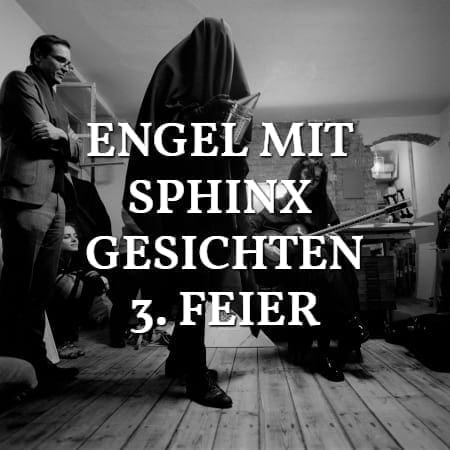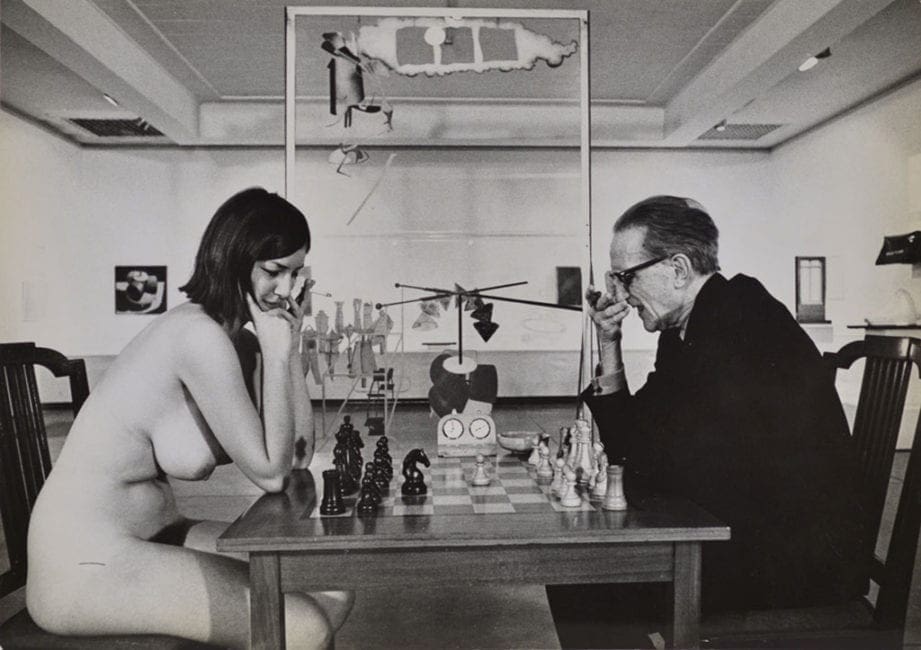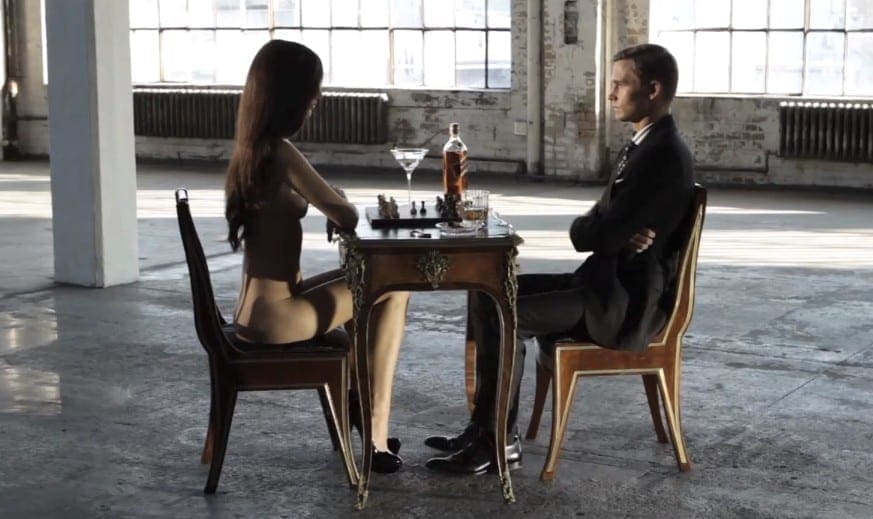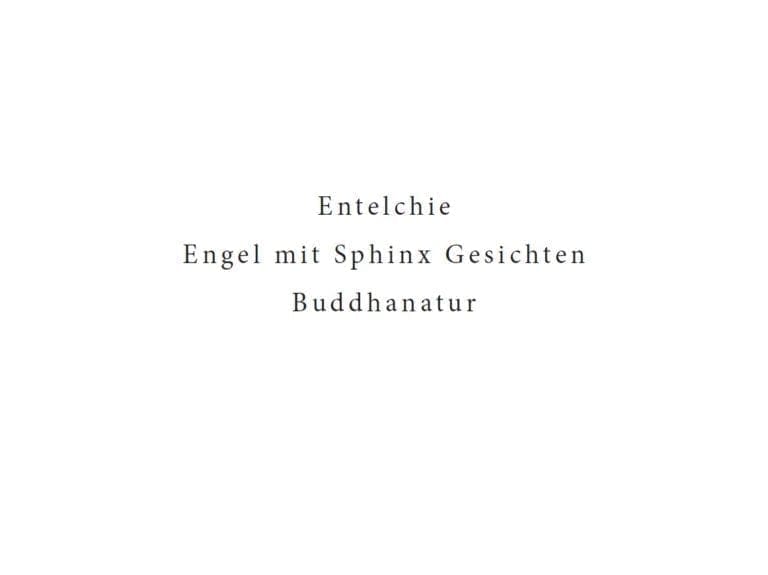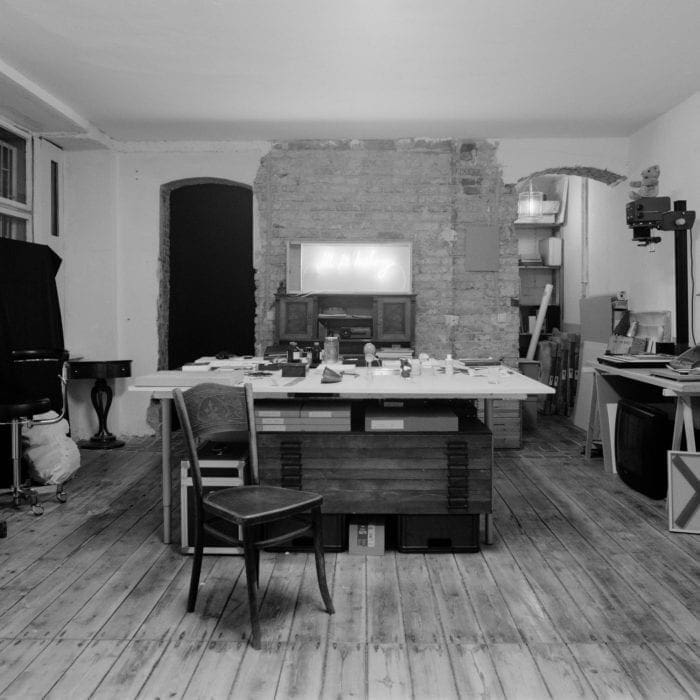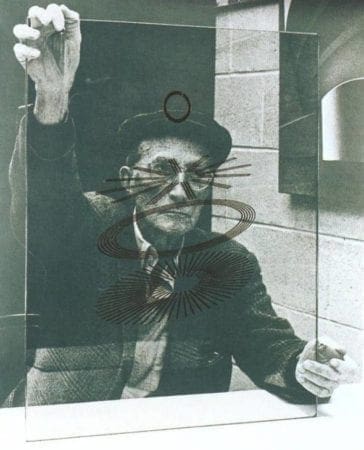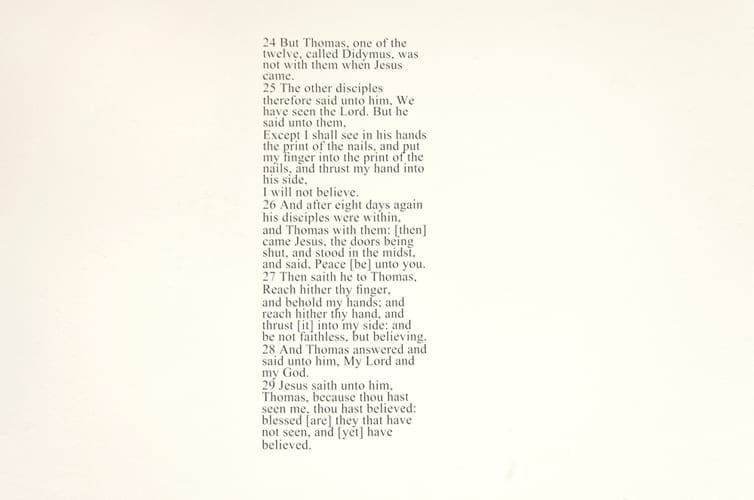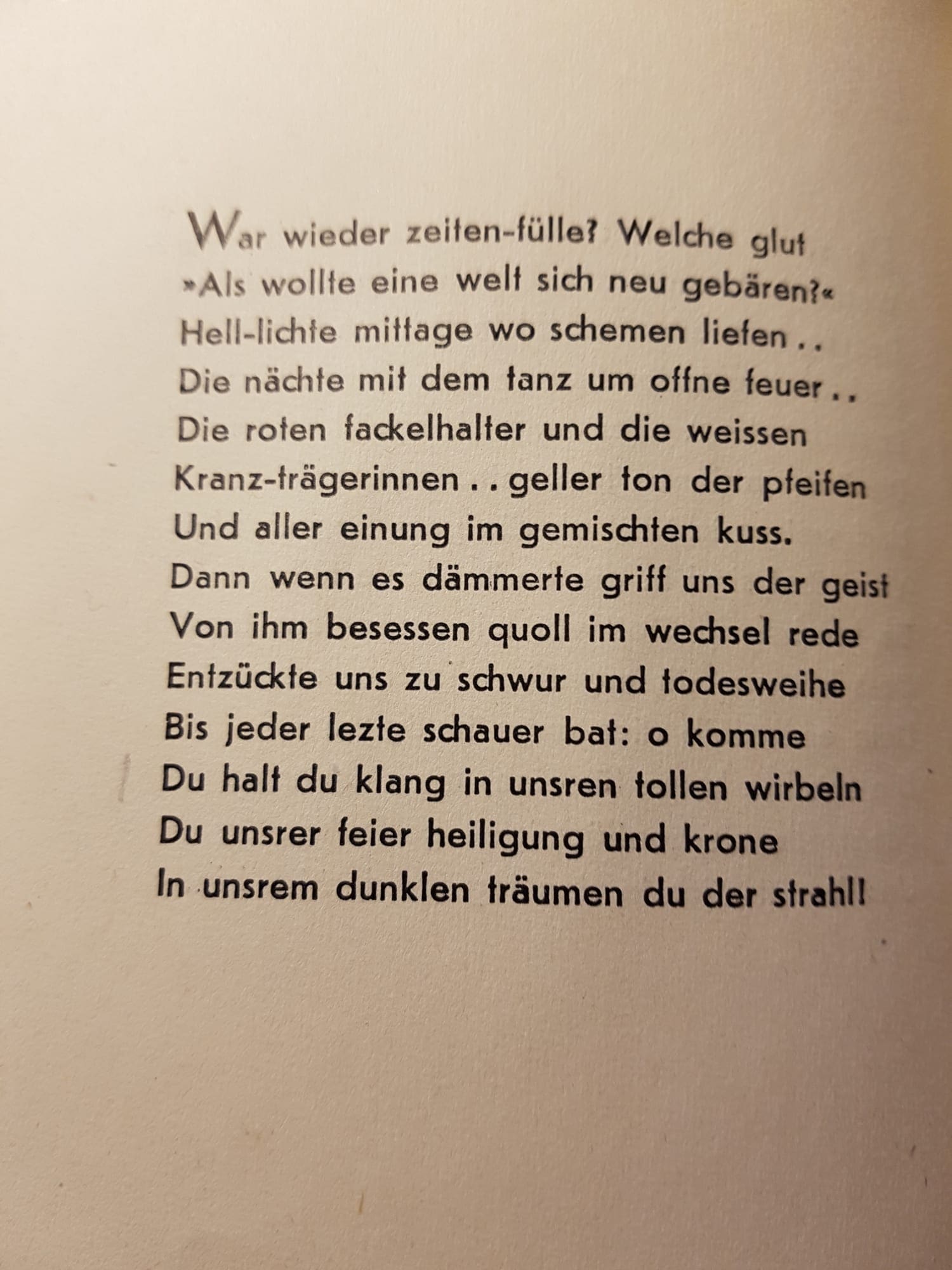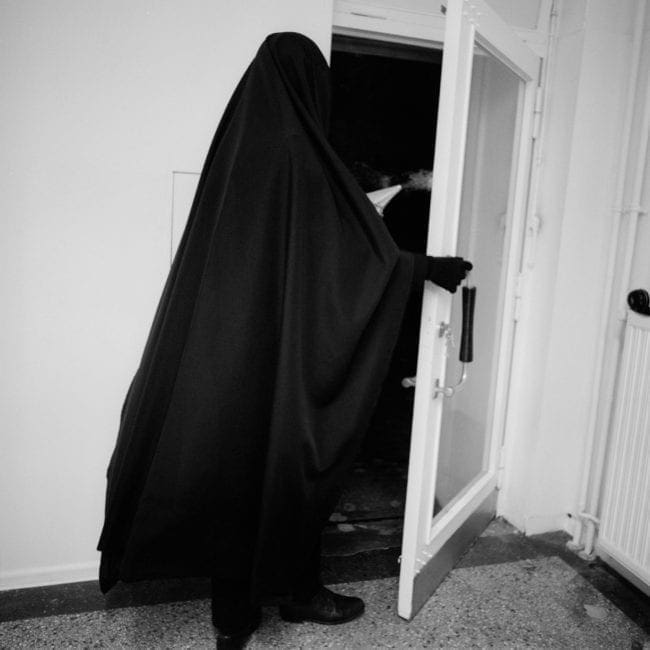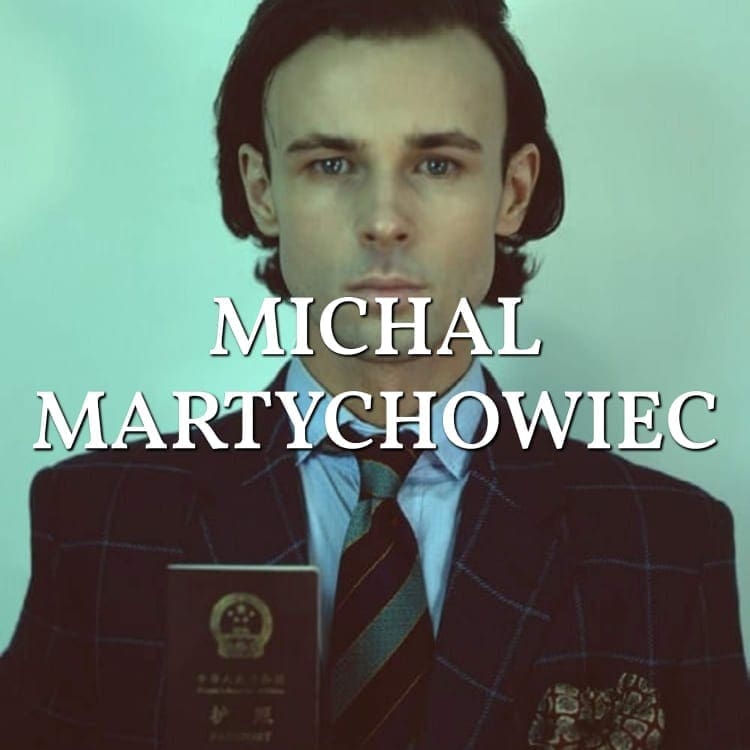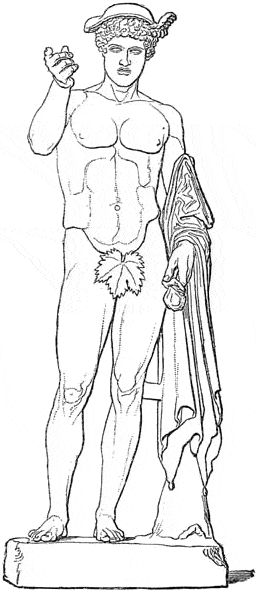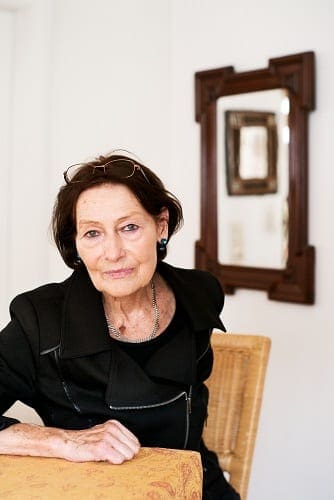With a hundred xenias, like the dozen enclosed, one could most warmly recommend oneself to both the public and one's colleagues.
Goethe to Schiller on 26th December 1795
The xenia idea is splendid and must be implemented. Those you sent me to-day enthralled me, especially the gods and goddesses among them.
Schiller to Goethe on 29th December 1795
In the series Xenien (Greek: 'hospitality gift'), Bublitz presents smaller formats of the analysis of the present, thereby adhering to the principle of a vivisection of the Zeitgeist. While the thematically similar exhibition series Handlungsbereitschaft [Readiness to Act] aims to visualise larger contemporary and cultural-historical connections, the Xenien have a deliberately fragmentary character. They are supposed to tantalise.
URXENIE
REUNION (III)
Beuys - Cage - Duchamp - "Schweigen heißt nicht Stummsein"
Koffer | Fuldastraße 31. in 12045 Berlin.
17. September 2015, 21 Uhr
XENIEN
ENGEL MIT SPHINX GESICHTEN
After a year of research journey Bublitz is back to public. Five years ago we started the cycle Handlungsbereitschaft - Draft of a generation at the end of history which approached, the now omnipresent, question of identity and which drew a psychogramm of the generation being born between 1980 and 1990. The new point of interest and focus is a question deriving directly out of this endeavor. How can modernity be bridged? Which forms will the next (European) Renaissance take?
The new exhibition cycle Xenien starts with the exhibition Engel mit Sphinx Gesichten. Developed, curated and emanated from the work of Michal Martychowiec.
Since we came to the decision not to associate any-more with the insipid term of 'Opening' we are all the more happy to invite you to the first celebration this Sunday at Claudisstraße with a conceptual as musical broadening by AXE APE.
Game Description
In this tale we find three different places (A), (B), (C) and one alter ego/avatar (D). It takes place at MMS2, the Dzialdov, the studio of Michal Martychowiec, the entire Hansa Quarter (in the streets, on the facades of houses or inside private houses), the Museum of Natural History in front of the stuffed panda Bao Bao and in the Gemäldegalerie in Potsdam in front of the painting “The incredulity of St Thomas” by Michelangelo de Caravaggio.
Given are:
- The studio
- The project space (Heroon)
- The landscape
- The spectator
These narratives are closely linked and form the symbolistic exhibition Engel mit Sphinx Gesichten (Sphinx-faced Angels).
Three main actors represent different modes of existence of (D). They are meant to be understood as symbols or mythologems.
- The panda is a degenerated creature (we want to keep the good times even though they are gone) – have a look on Robert Lifton’s book about the protean self to learn more or read “The revolt of the masses” by Ortega y Gasset.
- Marcel Duchamp. He is a 20th century artist and professional chess player.
- Thomas the Apostle. He does not believe in the resurrection of Jesus as one reads in the bible’s passage. He only believes in what he sees. He is a positivist (science is a religion which changes the paradigms quickly). On the opposite the belief is more static and secure. But as we see in Thomas the most difficult to obtain.
On the occasion of the Verlegung und Einweihung der Herme 'Der Kommende Gott' two more actors are added.
- Friedrich Hölderlin. A monolithic as good looking person who is considered (by some) as the most important german poet of all times.
- Martin Heidegger. He is a 20th century philosopher and admirer of Hitlers hands (“Bildung ist ganz gleichgültig … sehen Sie nur seine wunderbaren Hände an.” Heidegger to K. Jaspers, May 1933). He has also been a votary of Friedrich Hölderlin.
This object based exhibition and tale is about the interconnection between belief (faith) and freedom. The readymade, the choice of the frame made by the artist, and since recently also the spectator, are ideas (in a platonic structural sense) one can reflect upon. The relation of belief of the spectator and belief of the artist reveals itself in the middle (A,B,C,D).
I. These are the first steps of a new humanistic mythology. Schicksal ist Auftrag des Zufalls (destiny has a mandate of coincidence).
II. These are the first steps of a new humanistic mythology and another experiment on the historical readymade. Pop wird das Forum sein, die Mode die Monstranz (pop will be the forum, fashion the monstrance).
III. These are the first steps of a new humanistic mythology and another experiment on mystagogy. Es geht um Beweglichkeit, nicht um Bewegung (it has never been about being moved, but agility).
Millions Of Artists Create
Download: Aushang für Bewohner des Hansaviertels


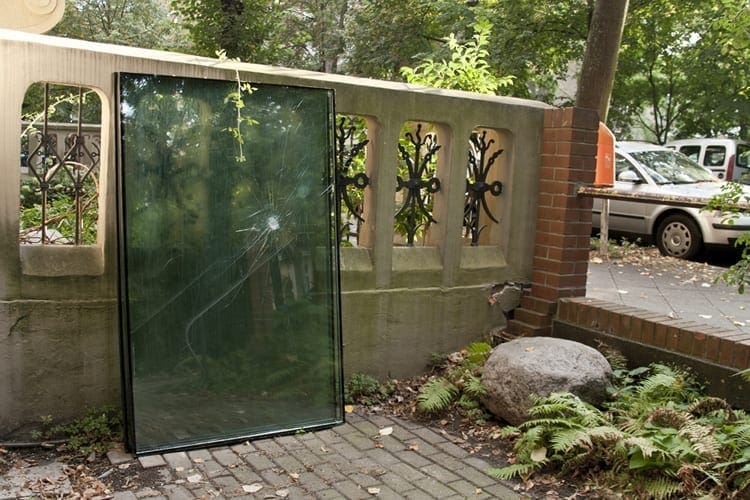

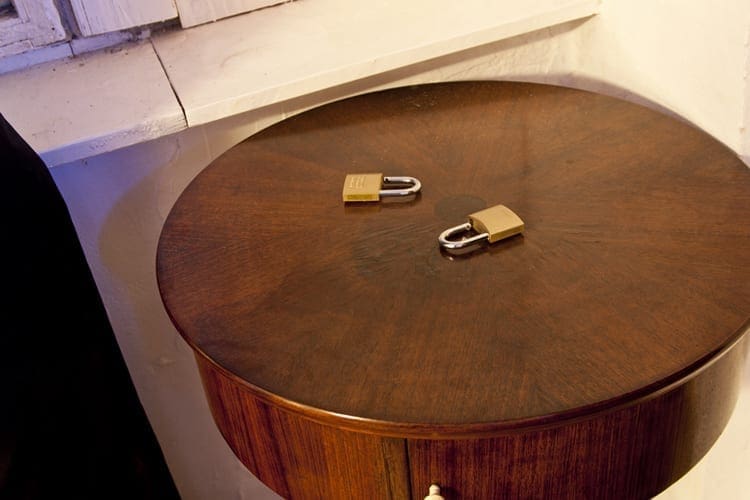

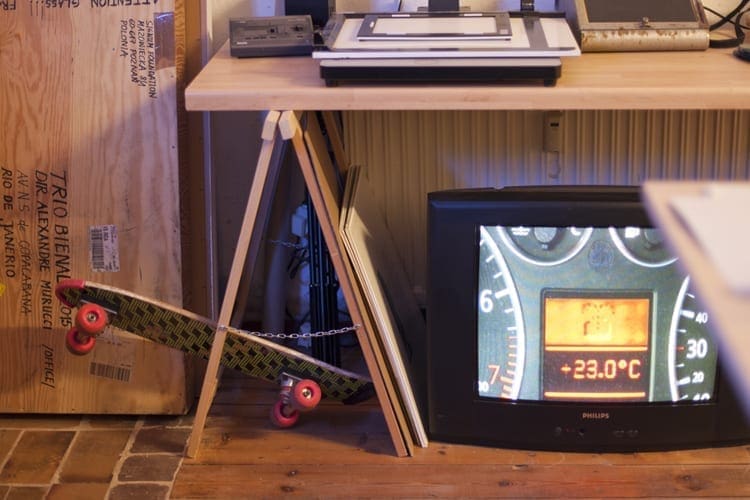
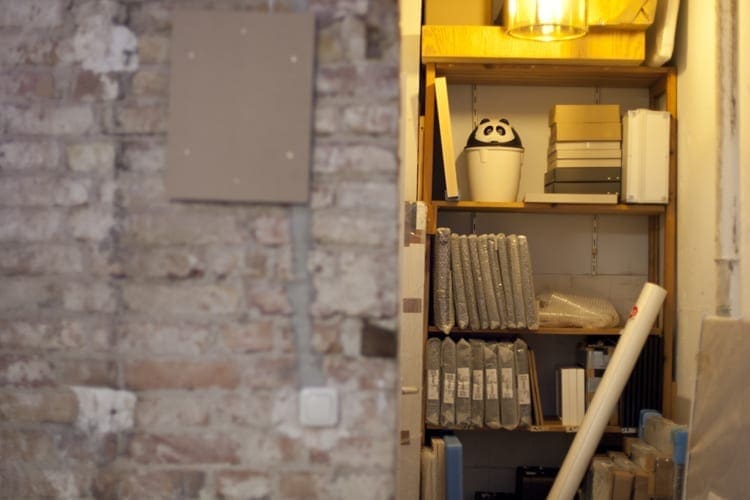
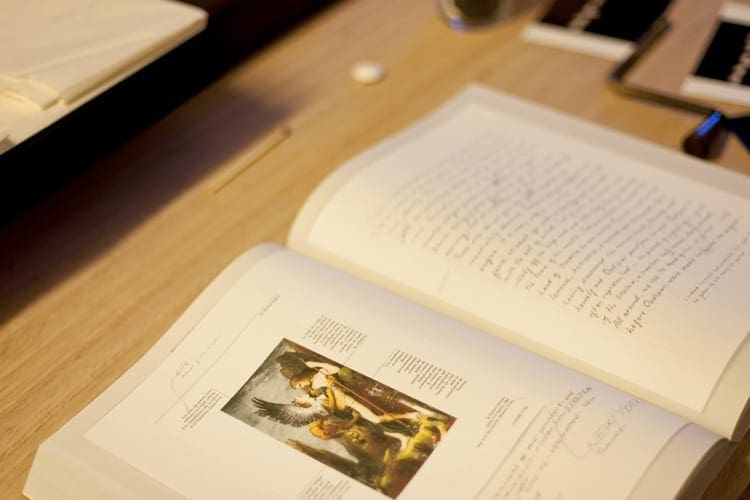
Friedrich Hölderlin – Brod & Wein – 3 & 4 Strophe (gelesen von Bruno Ganz)
We are happy to invite you to the second celebration within the exhibition Engel mit Sphinx Gesichten (Sphinx faced Angels). Reason of the celebration is the inauguration of the stone ‚Der Kommende Gott‘ (The Coming God) at the exhibition space Dzialdov in Berlin. (Other stones have been installed in the following ateliers and studios: Martin Bothe, Daniel Gustav Cramer, Jaromir Hladík, Fabian Knecht, Markues and since 7 october at the studio Michael Müller).
It is an addition to Dzialdovs exhibition Heidegger stinks, like always a comment and another experiment with the ‚historical readymade‘ which Bublitz and the artist Michal Martychowiec are working on.
The exhibition text of Dzialdov reads as follows: „On 23 September 1966, and then again on 17–18 June 1968, the photojournalist and Filmmaker Digne Meller Marcovicz (*1934; †2014) took a series of photographs of the philosopher Martin Heidegger, published two years after the philosopher’s death in 1978.
The remaining copies of the original and only print run of the Stuttgart Verlag Fey edition have recently been returned from the distributors because they smell.
This exhibition is dedicated to the historic residue of printed matter and its subsequent metamorphosis into an olfactory trail.
The remaining 900 copies of the book will be given away on a first come first served basis in exchange for a voluntary donation.“
Digne Meller Marcovicz visited Heidegger on the occasion of an interview by the magazine Der Spiegel. In this interview, published 10 years later, the philosopher is being quoted with „only a god can safe us“. This is a direct reference to the poet Friedrich Hölderlin and Heidegger's life-long dialogue with him. Friedrich Hölderin is summoning the ‚Coming God‘whose existence is yet to be proved and revealed.
Download Interview: Heidegger, Spiegel, 31-05-1976
The Coming God – Elshan Ghasimi
On this 9th of November several things take place. One of those is the 3rd celebration within the exhibition Engel mit Sphinx Gesichten.
On the tar the instrumentalist of classical persian music Elshan Ghasimi-Schindele welcomes us in duet with Alessandro Rauschmann. The performance artist who is better known as the URBANIST.

